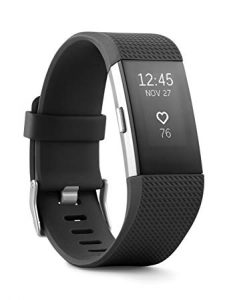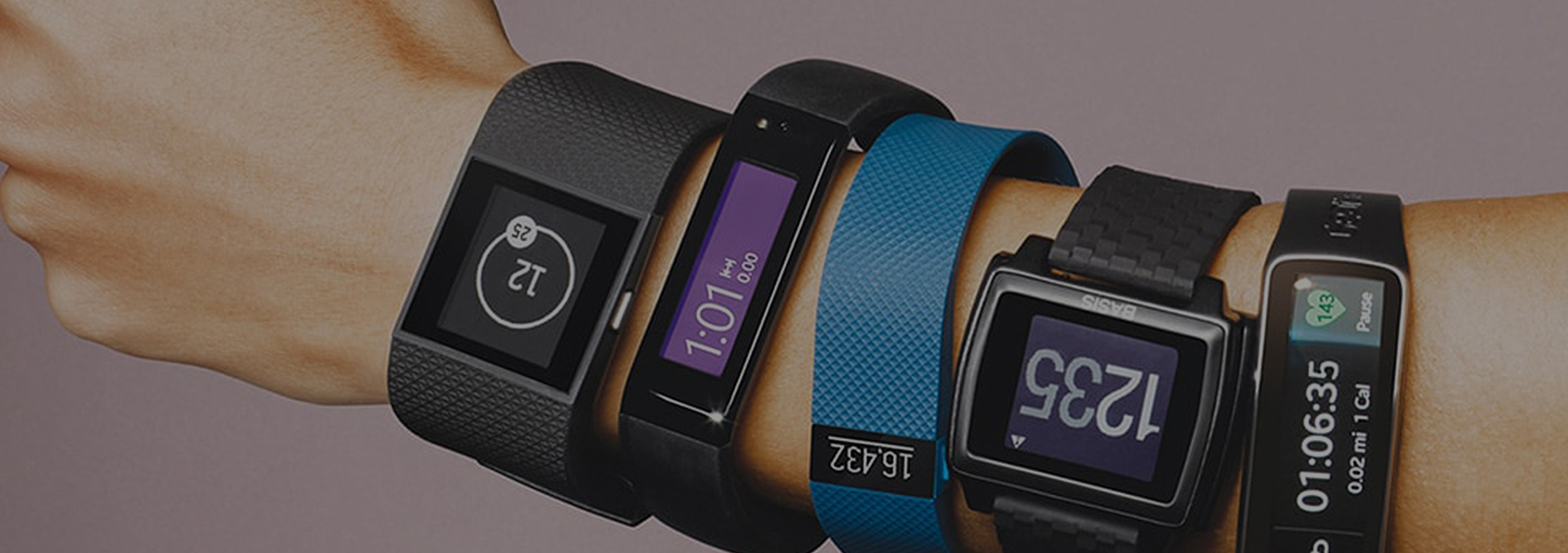It’s Digital Health Week across Canada, a time for the public, care providers, government, and industry to look forward and explore the potential of transformative technologies. At Advancing Health, we recognize how digital health is changing the way we care.
Advancing Health Scientist Dr. Linda Li has led a series of studies to investigate the feasibility and efficacy of incorporating wearable digital technology (Fitbit) into physical activity counselling programs for people living with knee osteoarthritis.
Between ten and fifteen percent of people in North America have some form osteoarthritis (OA) and the knee is the most commonly affected joint. The prevalence of OA in the Canadian population is expected to double within a generation, increasing the estimated total economic burden of the disease from $27.5 billion in 2010 to $1.45 trillion in 2040.

“There is no cure for OA but physical activity is one of the best interventions we have for managing symptoms and improving joint function,” said Dr. Li, professor in the UBC Department of Physical Therapy and Senior Scientist in Arthritis Research Canada.
Only about 17 per cent of Canadians meet the recommended minimum for weekly physical activity (150 minutes) and people living with OA are even less likely to get enough exercise, despite the positive effect on their symptoms and disease progression.
From improving mental health to helping manage pain, physical activity offers benefits for many different types of people. That means researchers, care providers, and public health officials are continuously looking for ways to get people to exercise more.
“Physical activity promotion strategies have come in many shapes and sizes over the years,” explained Dr. Li “but recent evidence suggests that wearable activity trackers, like Fitbits, are a particularly effective intervention and are acceptable to patients with OA.”
These digital technologies are effective because it’s easier for people to set goals, monitor their weekly activity, and receive immediate feedback compared to analog interventions. Fitbits and similar technologies are also easily integrated with social media networks, smartphones, and web-based interfaces.
Research to support patients in self-management of arthritis
The 2017 TRACK-OA study combined the use of these emerging technologies with traditional approaches. Initially, participants met with the researchers and study physiotherapists for an educational and personalized goal-setting session. Then, for the following eight weeks, participants shared their activity data with the study’s physiotherapists which was incorporated into regular phone calls to discuss their exercise regimen.
The study was designed using a step-wedge approach, meaning that half of participants began the intervention at the start of the study and the other portion started half way though the study period.
“This design allowed us to compare physical activity levels between people who are receiving the intervention and those who aren’t as well as compare how people’s physical activity changes with time” explained Dr. Li.
Preliminary results showed that the combination of the Fitbit and counselling resulted in improved levels of physical activity with high levels of acceptability and adherence to the counselling program.

The researchers then conducted a follow-up study that discontinued the counselling component after eight weeks to demonstrate how effective the Fitbit intervention could be on its own. They compared exercise levels and symptoms to people who received only a monthly e-newsletter about exercise and OA.
Presented at the 2019 American College of Rheumatology Annual Meeting in November, the results showed that the positive effects of the wearable technology continued — people maintained their higher physical activity levels four weeks after counselling ended.
“This study showed that a wearable digital health technology like this could be an important component of treating OA, improving symptoms, and curbing the disease burden on our health care system” said Dr. Li.
The research team recently demonstrated that this combination of digital technology and counselling can improve physical activity behaviour in people living with rheumatoid arthritis, a different form of inflammatory arthritis that can also be treated with exercise.
Looking ahead
“Building off of the promising findings from this work in rheumatoid arthritis, we are developing a larger study to test whether a tailored app and on-demand program structure, in conjunction with the wearable, can be even more beneficial in this population” added Dr. Li.
Recruitment for this most recent study is underway.
Dr. Li is Harold Robinson/Arthritis Society Chair in Arthritic Diseases, a Canada Research Chair in Patient-Oriented Knowledge Translation, and was recently announced as a Fellow of the Canadian Academy of Health Sciences.



